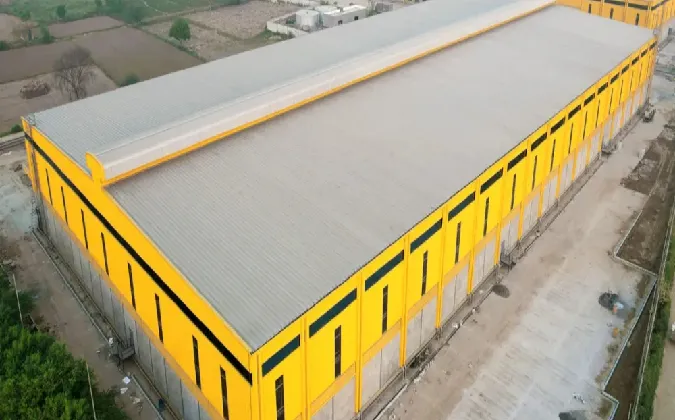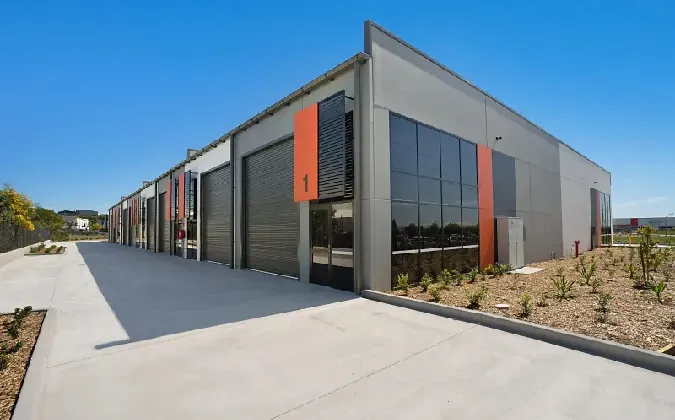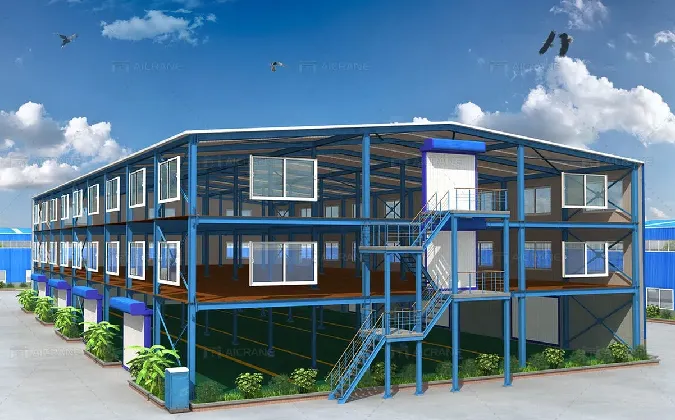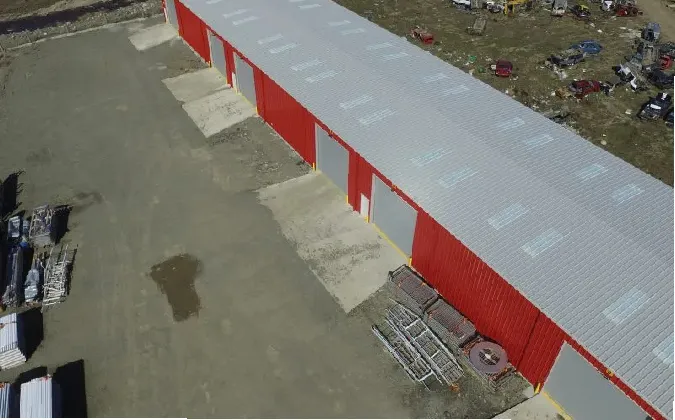- Afrikaans
- Albanian
- Amharic
- Arabic
- Armenian
- Azerbaijani
- Basque
- Belarusian
- Bengali
- Bosnian
- Bulgarian
- Catalan
- Cebuano
- Corsican
- Croatian
- Czech
- Danish
- Dutch
- English
- Esperanto
- Estonian
- Finnish
- French
- Frisian
- Galician
- Georgian
- German
- Greek
- Gujarati
- Haitian Creole
- hausa
- hawaiian
- Hebrew
- Hindi
- Miao
- Hungarian
- Icelandic
- igbo
- Indonesian
- irish
- Italian
- Japanese
- Javanese
- Kannada
- kazakh
- Khmer
- Rwandese
- Korean
- Kurdish
- Kyrgyz
- Lao
- Latin
- Latvian
- Lithuanian
- Luxembourgish
- Macedonian
- Malgashi
- Malay
- Malayalam
- Maltese
- Maori
- Marathi
- Mongolian
- Myanmar
- Nepali
- Norwegian
- Norwegian
- Occitan
- Pashto
- Persian
- Polish
- Portuguese
- Punjabi
- Romanian
- Russian
- Samoan
- Scottish Gaelic
- Serbian
- Sesotho
- Shona
- Sindhi
- Sinhala
- Slovak
- Slovenian
- Somali
- Spanish
- Sundanese
- Swahili
- Swedish
- Tagalog
- Tajik
- Tamil
- Tatar
- Telugu
- Thai
- Turkish
- Turkmen
- Ukrainian
- Urdu
- Uighur
- Uzbek
- Vietnamese
- Welsh
- Bantu
- Yiddish
- Yoruba
- Zulu
Nov . 22, 2024 15:46 Back to list
As an important component of modern industrial production, industrial shed fabrication technology directly affects the safety, stability, and service life of the structure. With the continuous advancement of technology, the manufacturing process of industrial sheds is also evolving, gradually transitioning from traditional manual construction to modern mechanized production, forming a systematic manufacturing process.
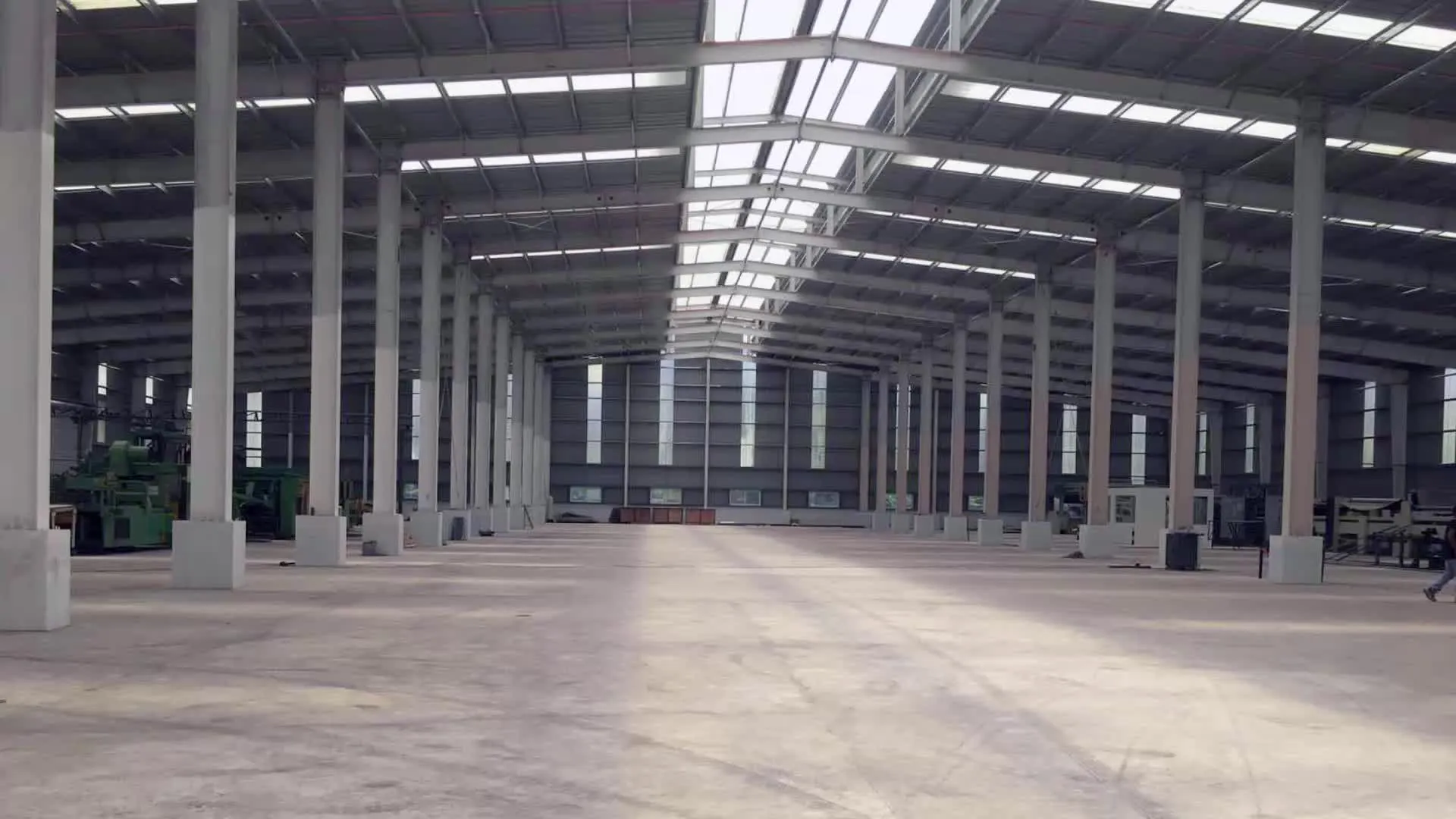
The design phase of industrial shed fabric is crucial
At this stage, engineers conduct preliminary design and detailed calculations of the structure based on the customer's needs and usage functions. This includes load analysis of the shed, consideration of wind and snow pressure, and material selection. After the design is completed, detailed drawings need to be drawn to ensure that every detail can be implemented in actual production.
Next is the selection of raw materials. The main materials of industrial sheets are generally steel, aluminum alloys, or other lightweight metal materials. These materials are widely used in the construction of industrial sheds due to their superior mechanical properties and good corrosion resistance. When purchasing materials, it is necessary to strictly control the quality of the materials to ensure that they meet national standards and design requirements, in order to improve the reliability of the final product.
After the material preparation is completed, it enters the core stage of industrial shed design process - component processing. This process usually includes cutting, welding, spraying and other processes. The cutting process requires the use of laser cutting machines or flame cutting machines to ensure the accuracy of cutting; Welding is achieved through professional welding equipment to ensure a secure connection between various components; The spraying process plays a role in corrosion prevention and aesthetics, usually using coatings with strong weather resistance.
After completing the processing of the components, on-site installation is an important step in the manufacturing process. According to the design drawings, workers gradually install each processed component in place. This step usually requires the assistance of lifting equipment to ensure the safe installation of heavy components. During the installation process, it is necessary to monitor the levelness and verticality of the structure in real time to ensure the stability of the overall architecture.
Comprehensive quality inspection is an indispensable part of industrial shed fabrication processes
Inspection work includes inspection of materials and processing, testing of welded joints, and testing of the overall load-bearing capacity of the structure. Through strict quality control, ensure that industrial buildings comply with relevant safety standards and usage requirements before being put into use.
In summary, the manufacturing process of industrial steel buildings is a systematic and complex project, covering multiple stages such as design, material selection, component processing, installation, and quality inspection. With the advancement of technology, these processes are constantly optimized, striving to improve production efficiency and economic benefits while ensuring safety. Through scientific and rational manufacturing processes, industrial sheds will better serve modern industrial production and improve their overall operational efficiency.
-
Steel Frame Factory with Insulated Roof Panels
NewsAug.14,2025
-
Prefab Metal Building with Insulation Package Options
NewsAug.14,2025
-
Industrial Steel Sheds for Temporary Workshop Use
NewsAug.14,2025
-
Metal Workshops Featuring Corrugated Steel Roofs
NewsAug.14,2025
-
Modular Steel Frame Excellence: Our Pursuit of Perfection
NewsAug.14,2025
-
Metal Garage Kits Crafted with Customer Satisfaction at Heart
NewsAug.14,2025
Products categories
Our Latest News
We have a professional design team and an excellent production and construction team.






